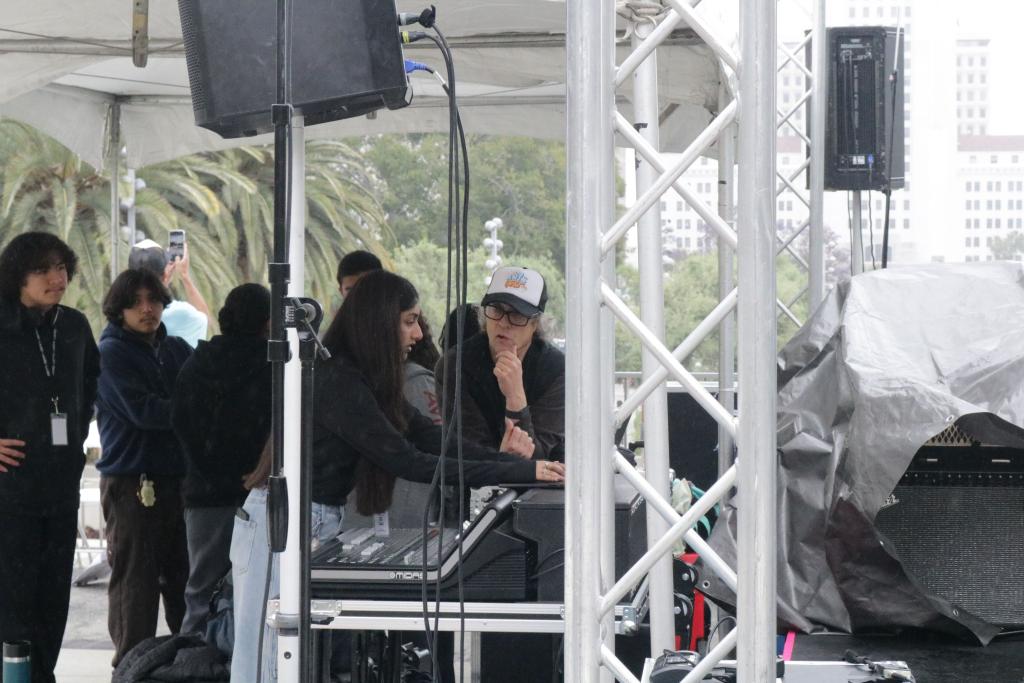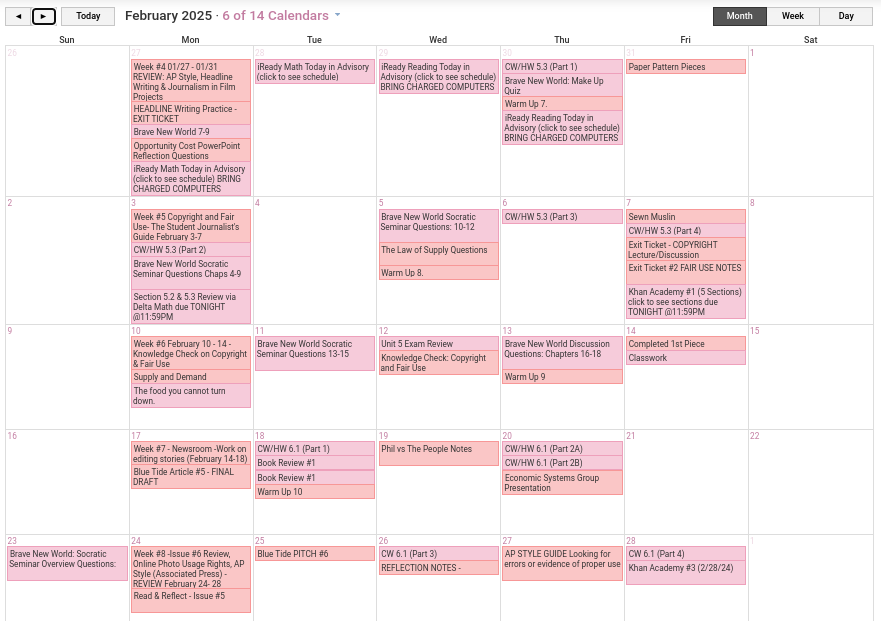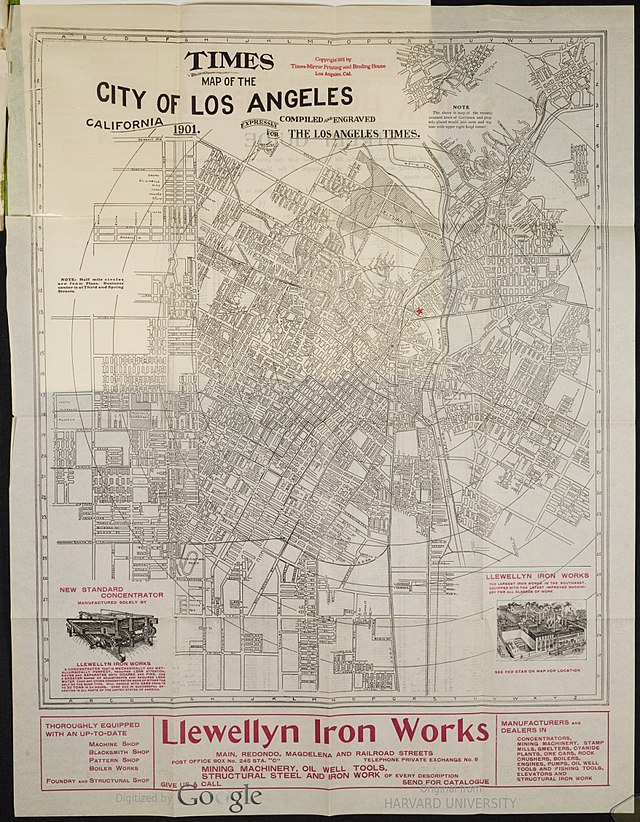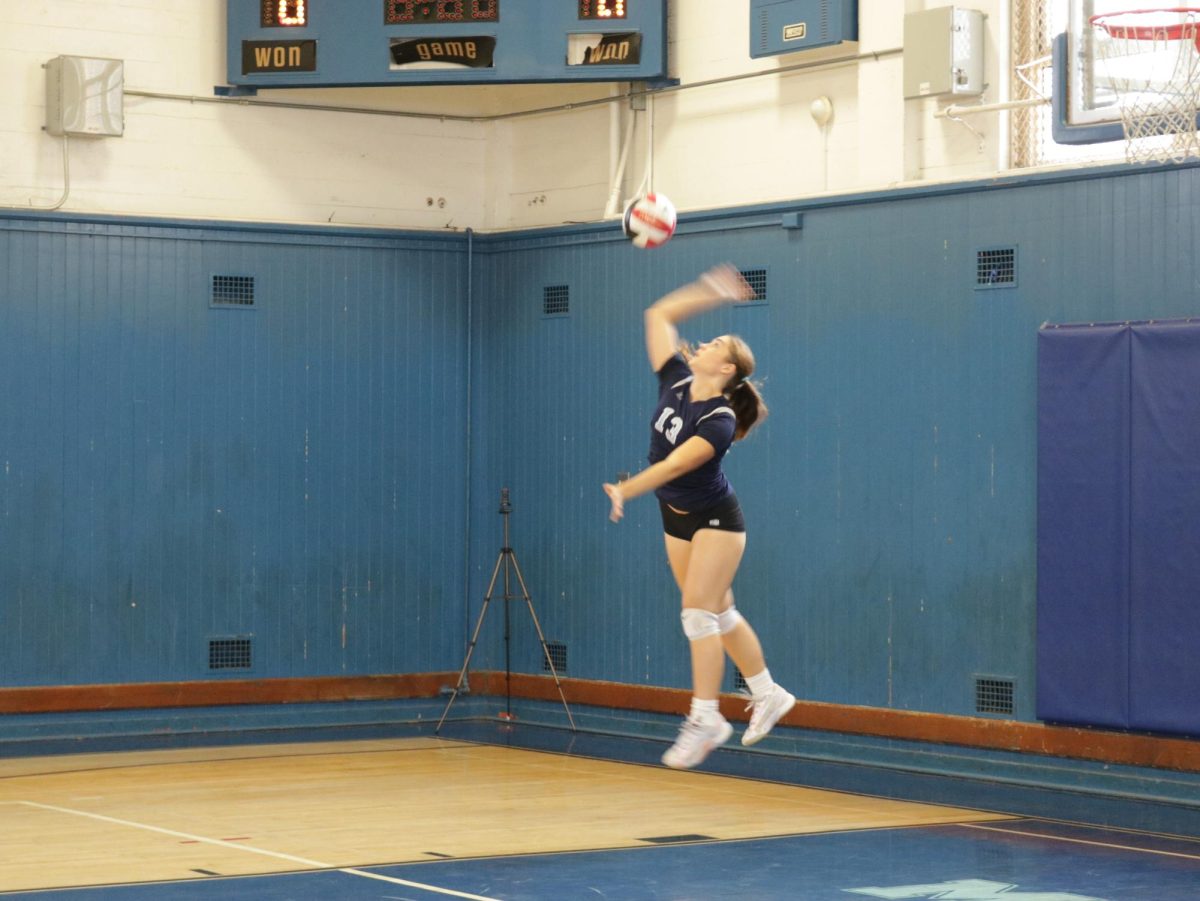Students at John Marshall High School from grades 9-11th took the PSAT in their advisories on Wednesday, October 23. The PSAT is the practice test for the SAT that prepares you for the Scholastic Assessment Test (SAT) by College Board. The test is a college entrance exam that evaluates your college readiness, the higher your score, the higher your chances are at being admitted into selective schools. Fortunately, students are given the opportunity to take the test in their junior and senior year, or could even retake it at a testing center. Additionally, as a lot of you already know, the PSAT and the SAT went through major changes in 2023-2024. Most notably they became digital tests, if you didn’t know that, you now know.
The PSAT and SAT went through dramatic changes in 2023 and early 2024 that would change the testing environment forever. First, the test is now taken digitally on the Bluebook application, as opposed to the pencil and paper format. But why? We know of teachers who prefer paper tests over digital tests at John Marshall High School for the sake of limiting cheating. So why would College Board make such a decision? The first reason is the Covid-19 Pandemic that College Board scrambled towards making after the shutdown of many exam dates, but would not come to full effect until early 2024. Priscilla Rodriguez, Senior vice president of College Readiness Assessments at College Board, stated in an article that “We made the transition to a digital SAT in response to what students and educators were telling us. Students do a lot of their learning and testing digitally these days. Our goal was to provide a testing experience that is more relevant to today’s students and is less stressful for students to take and easier to administer,” The second reason is that College Board realized the normalization of digital learning and its ease for both students and educators, so they decided to make a full transition to digital testing.
Now for a quick summary of the changes to the PSAT and SAT. The tests are now digital, 2 hours and 14 minutes long as opposed to 3 hours. Consists of two sections; (1) reading and writing, and (2) math. The previous tests consisted of three sections, (1) reading, (2) writing and language, and (3) math. The two new sections are divided into two modules which are significantly less complicated than four modules. The PSAT and SAT are also now adaptive tests that adjust its difficulty per section to fit your knowledge and skills. Each reading passage on the reading sections is shorter and contains one question now. Previous tests had longer reading passages that corresponded with multiple questions. The byproduct of the digitalization of the tests allowed for a digital countdown clock, flag exam questions, a built in graphing calculator, and a digital reference sheet for SAT Math. This digital calculator is similar to Desmos graphing calculator and is a big deal because students were not able to use it on the entire Math section as they are now, which allows for quick solutions to simple and complicated problems. Lastly, scoring for the PSAT and SAT will generally be faster than if it were a paper test and preparing for the test is significantly easier on the Bluebook app, where you are timed.
When speaking with Marshall’s test coordinator, Mr. Luis Garcia, I asked him if the SAT is important, he said “it’s [the SAT is] important for college, I know a lot of schools are not requiring it, but there are still schools who are requiring the SAT. They want the score and need that for an admission requirement. So you can’t apply if you don’t take the SAT.” Now for juniors and soon to be juniors, I asked him if the SAT is required for juniors, in which he responded with “You can choose to opt out of it, but I still think they [juniors] should take it to see how they do on the exam. You also don’t know where your mindset will be a year from now, maybe you want to apply for a school that’s out of state or decide to apply to a certain school and realize that they want the SAT, and if you don’t take it then you can’t apply. So I’d say it doesn’t hurt to take it.” This made a lot of sense to me because if you get a score you’re not happy about, then you don’t have to submit it. But if the school you’re applying to requires you to input a score, then you can submit your scores for a chance of being admitted, instead of not even having the chance to.
The major takeaway is that the PSAT and SAT is important for students to see how they might fare in education beyond high school. Barristers shouldn’t be discouraged from taking these tests because under some circumstances, you can opt out of the SAT and most colleges don’t even require a SAT score submission. However, I do recommend trying your best on the SAT if you are planning to attend a more selective school past high school as your scores might make a difference in your chances of being admitted. You can always practice for the SAT and the changes in the PSAT and SAT have made the tests a lot less stressful and easier for students. The test will still be difficult and you shouldn’t attempt cheating, but it’s important to note that taking and doing the test is easier, but not in terms of difficulty.



























